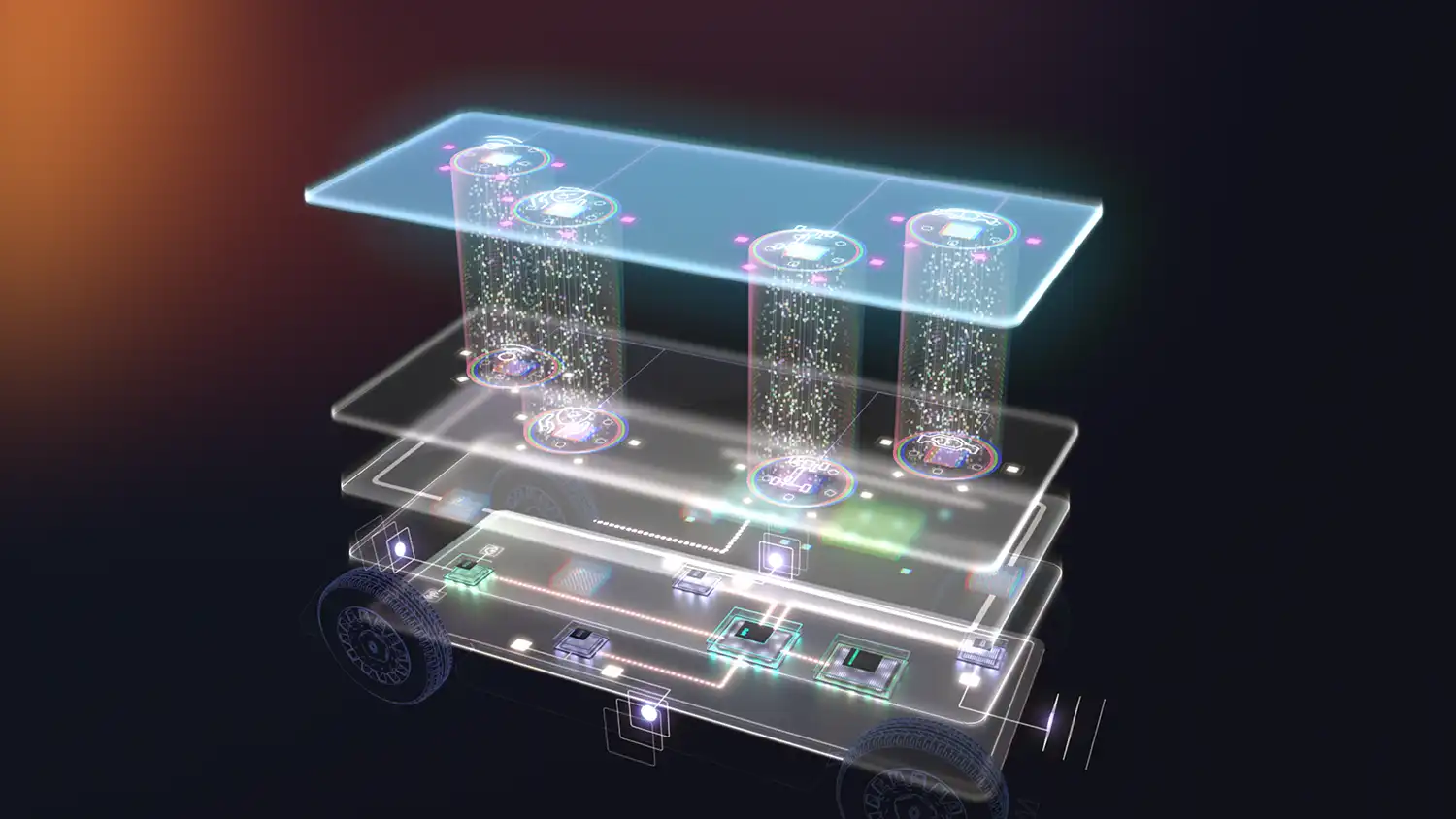
Renault is set to revolutionize the light commercial vehicle (LCV) segment with the introduction of the Trafic, Estafette, and Goelette, its first vehicles built upon a Software Defined Vehicle (SDV) architecture developed by Ampere. This innovative approach marks a paradigm shift in how LCVs are designed, perceived, and utilized, moving beyond traditional chassis and powertrain-centric designs. These three new electric LCVs will be officially unveiled on April 29th at the CV Show in Birmingham, heralding a new era of flexibility, customization, and long-term value for business users.
A Departure from Conventional Design: Traditionally, vehicle design revolved around the physical chassis and either an internal combustion engine (ICE) or an electric powertrain. Electronic features and pre-equipment packs were then added, often resulting in a complex network of up to 80 Electronic Control Units (ECUs) per vehicle. This intricate system limited performance and the seamless integration of new functionalities. Ampere, drawing inspiration from high-performance computing, has pioneered a new SDV approach. This is based on a singular platform featuring a centralized software architecture and a connected, intelligent operating system. This system allows for rapid and reliable control, analysis, and upgrading of vehicle functions.
The Brains of the Operation: At the heart of this new architecture are high-performance computers that act as the vehicle’s central processing unit. These computers manage the vast amounts of data collected by onboard sensors, including those related to Advanced Driver Assistance Systems (ADAS), powertrain operation, chassis control, and multimedia/connectivity services. Crucially, these central computers can be upgraded with new functions, effectively modernizing the vehicle and extending its lifespan through software updates via the car’s operating system, aptly named “CAR OS,” designed by Ampere engineers. This groundbreaking approach, first implemented in the Trafic, Estafette, and Goelette, redefines existing standards in the LCV sector.
Unprecedented Customization for Every User: A key advantage of Renault’s SDV approach is the level of customization it offers to business users. Similar to how one updates a laptop or smartphone, users will be able to add new functions to their vehicles in real-time throughout their service life. This opens the door for personalized offers tailored to individual usage patterns and driving habits. This enhanced experience allows for activity-specific functions for specialized vehicles like ambulances, fire engines, police cars, and refrigerated units, with dedicated apps for centralized control. Furthermore, companies with their own operating systems, such as those managing delivery fleets, can integrate their OS with the onboard multimedia system for real-time information sharing with drivers. Fleet users can also log into personalized profiles with their preferred vehicle settings and applications.
Enhanced Safety Through Intelligent Systems: Predictive maintenance, already a feature in existing vehicles, will reach new levels of precision with the advanced computing power and intelligence of the SDV architecture. The system will be able to monitor the wear and tear of critical components in real-time and initiate remote diagnostics. This capability will enable proactive maintenance planning and even direct corrective actions where possible. For fleet managers, this translates to optimized costs, increased vehicle uptime, and improved overall fleet availability.
Higher Residual Value and Extended Lifespan: The ability to perform over-the-air software updates offers significant benefits beyond just the driving and onboard experience; it also impacts the vehicle’s long-term value. A three or four-year-old SDV-equipped vehicle will depreciate less because it will have been continuously enhanced with new features and functionalities. This “anti-aging” effect is particularly beneficial for LCVs, which typically have longer service lives and are subjected to more intensive use compared to passenger cars.
Developed in collaboration with Flexis and manufactured in France at the Renault Sandouville plant, the electric Trafic, Estafette, and Goelette are poised to redefine the future of light commercial vehicles when they are presented on April 29, 2025, at the CV Show in Birmingham.
Summary:
- Renault introduces its first Software Defined Vehicles (SDV): Trafic, Estafette, and Goelette.
- These electric LCVs utilize a flexible, scalable architecture developed by Ampere.
- The SDV approach features a centralized software architecture and intelligent operating system.
- Users can upgrade vehicle functions in real-time, similar to updating a smartphone.
- Offers enhanced customization for various business needs and fleet management.
- Predictive maintenance becomes more precise with advanced computing capabilities.
- Over-the-air software updates contribute to higher residual value and extended vehicle lifespan.
- Developed with Flexis and built in France, to be presented at the CV Show in Birmingham.
Disclaimer: The features and functionalities described are based on the information provided in the press release regarding Renault’s new Software Defined Vehicles. Final specifications and availability may vary.
Source: Renault
AI Assistance: Gemini
